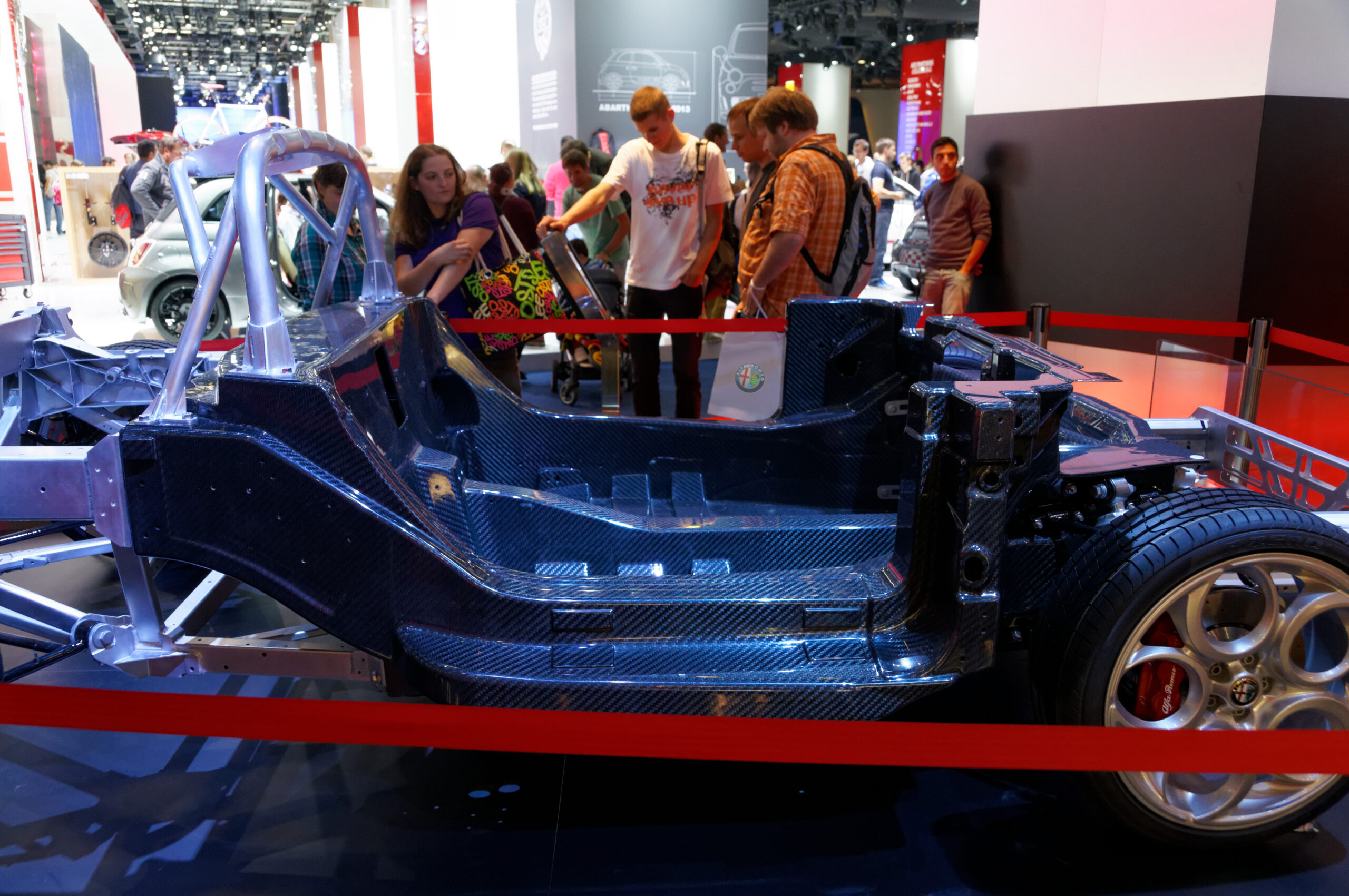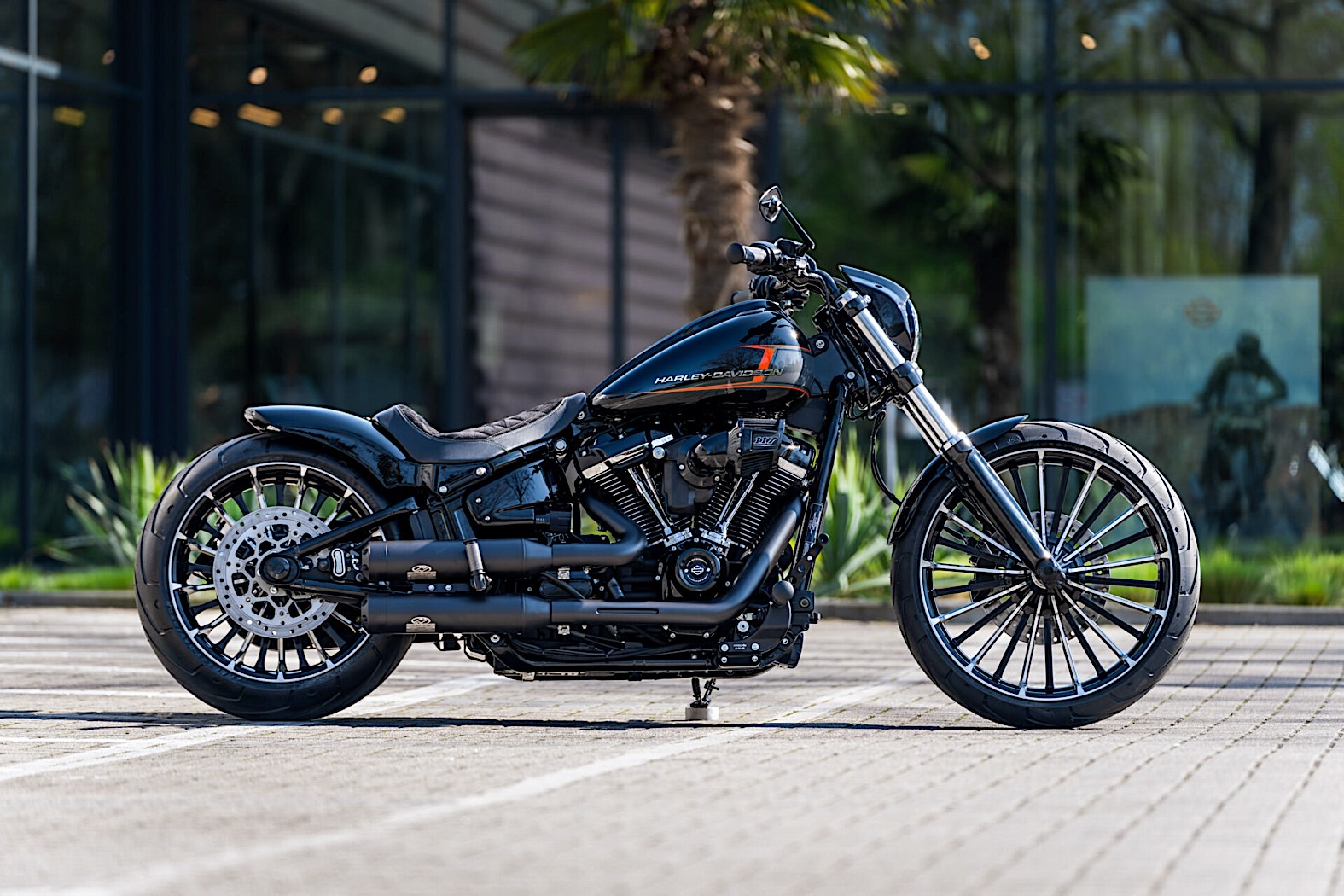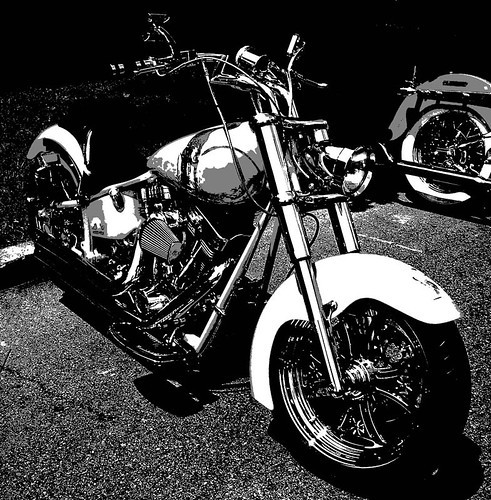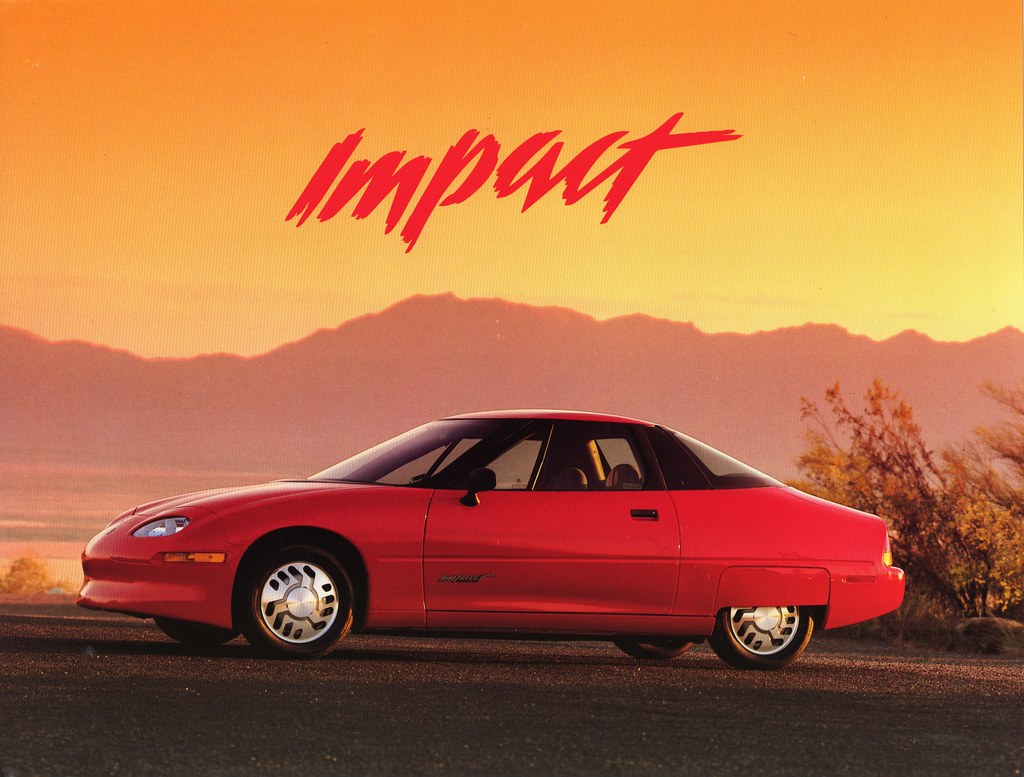
In the complex world of automotive engineering, the engine stands as the undisputed mechanical heart of any vehicle. It’s the core component that defines a car’s performance, determines its overall reliability, and dictates its potential for long-term ownership. For discerning car buyers, especially those prioritizing value and durability, the engine’s reputation often takes precedence over many other considerations.
While some engines emerge as marvels of engineering, effortlessly pushing past the 300,000-mile mark with little more than routine care, others tell a far more somber tale. These are the engines that transform the dream of car ownership into a recurring nightmare, plagued by serious issues that can surface well before a vehicle even crosses the 100,000-mile threshold. In some particularly egregious cases, catastrophic failures have been known to strike before the odometer even ticks over 50,000 miles, essentially forcing vehicles into an early, and often costly, retirement.
This article delves into the unfortunate reality of these automotive disasters. We’re talking about powerplants that spawned dedicated online forums for owners to share repair horror stories and coping mechanisms. These are the engines that make some mechanics cringe and used car dealers eager to offload vehicles equipped with them. Join us as we explore 15 major engine models that flat-out refused to go the distance, turning basic transportation into an expensive, often therapeutic, endeavor.

1. **Ford 5.4L Triton 3-Valve V8 (2004-2010)**Ford’s 5.4L Triton 3-Valve V8, commonly found in popular workhorses like the F-150 and family haulers such as the Expedition, holds a particularly frustrating place in automotive history. Its engineering seemed to have a distinct dislike for mechanics, most notably manifesting in its infamously fragile spark plugs. These plugs were designed in such a way that they often fractured during removal, necessitating specialized extraction tools and frequently leading to expensive thread repair work.
Beyond the spark plug saga, the Triton also suffered from chronic cam phaser failures. These components, critical for variable valve timing, would regularly malfunction, announcing their impending doom with a distinct ticking sound emanating from the engine at idle. This was more than just an annoying noise; it signaled a deeper mechanical issue that could impact performance and eventually lead to more severe damage.
Owners frequently reported rough running conditions and persistent check engine lights as primary indicators of spark plug deterioration. Addressing these issues demanded not only specialized tools but also an abundant amount of patience, transforming a seemingly routine maintenance task into a time-consuming and costly ordeal. It became a common recommendation for owners to consider preventative cam phaser replacement around the 100,000-mile mark, a proactive measure aimed at staving off the inevitable roadside failures and the associated inconveniences.
The combination of these issues frequently translated into significant repair bills and prolonged downtime for vehicle owners. What initially appeared to be minor annoyances often escalated into complex, multi-component failures, effectively diminishing the overall reliability and long-term value of vehicles equipped with this particular engine. The legacy of the 5.4L Triton 3-Valve V8 serves as a stark reminder of how seemingly small design flaws can cascade into widespread automotive frustration.
Car Model Information: 2024 Ford F-150 XLT
Name: Ford F-Series
Caption: 2022 Ford F-150 Lariat Luxury
Manufacturer: Ford Motor Company
Aka: Ford Lobo (Mexico, 1992–present)
Production: 1948–present
Class: Pickup truck#Full-size pickup truck
Layout: Front-engine, rear-wheel-drive layout,rear-wheel drive
Predecessor: 1941 Ford
Categories: All-wheel-drive vehicles, All Wikipedia articles written in American English, All articles that may contain original research, All articles with unsourced statements, Articles that may contain original research from September 2020
Summary: The Ford F-Series is a series of light-duty trucks marketed and manufactured by the Ford Motor Company since model year 1948 as a range of full-sized pickup trucks — positioned between Ford’s Ranger and Super Duty pickup trucks. Alongside the F-150 (introduced in 1975), the F-Series also includes the Super Duty series (introduced in 1999), which includes the heavier-duty F-250 through F-450 pickups, F-450/F-550 chassis cabs, and F-600/F-650/F-750 Class 6–8 commercial trucks.
Get more information about: Ford F-Series
Buying a high-performing used car >>>
Brand: Ford Model: F-150
Price: $39,997 Mileage: 45,515 mi.
Read more about: Planning on Trouble? The 14 Engines and Models Most Likely to Leave You Stranded Before 100,000 Miles

2. **Mazda Renesis Rotary Engine (2003-2012)**The Mazda Renesis Rotary Engine, the heart of the iconic RX-8, represents a fascinating paradox in automotive design: a brilliant conceptualization hampered by deeply flawed execution. Unlike conventional piston engines, the rotary design inherently consumes oil, a characteristic that was, by engineering intent, part of its unique operational cycle. However, this intentional consumption was compounded by a far more problematic flaw: the alarming regularity with which its apex seals would fail.
Apex seals are crucial components in a rotary engine, maintaining compression between the rotor and the housing. Their premature deterioration was the Achilles’ heel of the Renesis, often signaled by increasing difficulty in starting the engine when it was warm. This symptom was a harbinger of power loss and even more excessive oil consumption, confirming the worst fears of rotary enthusiasts and pushing many engines towards an untimely demise.
The grim reality for RX-8 owners often meant budgeting for engine rebuild costs approximately every 80,000 miles, a frequency far beyond what most car owners would consider reasonable. Furthermore, carrying spare oil was not merely a suggestion but a necessity, as the engine’s thirst could quickly deplete its reserves, leading to severe lubrication issues if not constantly monitored. This high-maintenance requirement significantly diminished the appeal of what was otherwise a thrilling and distinctive driving experience.
Preventative measures, such as premixing fuel with two-stroke oil, became a common practice among dedicated owners, hoping to extend the life of the fragile apex seals between major services. Yet, even with diligent care, the Renesis often struggled to achieve the longevity expected of modern powerplants. Its unique design, while a testament to engineering innovation, ultimately proved too delicate and demanding for widespread, long-term reliability in daily driving scenarios.
Car Model Information: 2004 Mazda RX-8 Base 4dr Coupe
Name: Mazda RX-8
Manufacturer: Mazda
Production: February 2003 – June 2012
Assembly: Hiroshima
Class: Sports car
BodyStyle: Quad coupé
Related: Mazda MX-5 (NC)
Layout: Front-engine, rear-wheel-drive layout#Front mid-engine, rear-wheel-drive layout
ModelCode: List of Mazda model codes#Model codes
Designer: Ikuo Maeda,Wu-Huang Chin (interior designer)
Engine: Mazda Wankel engine#13B-MSP Renesis,Wankel engine
Powerout: convert
Transmission: Manual transmission,6-speed manual,Jatco JR405E transmission,6-speed automatic
Wheelbase: 2703 mm
Abbr: on
Length: 2003–2008: {{convert,4425,mm,in,1,abbr=on
Width: 1770 mm
Height: 1340 mm
Weight: Manual models: {{convert,1309,-,1373,kg,lb,0,abbr=on
Predecessor: Mazda RX-7
ModelYears: 2003–2012
Doors: Car door#Conventional
Categories: 2010s cars, All Wikipedia articles written in American English, All articles with failed verification, All articles with unsourced statements, Articles with failed verification from November 2019
Summary: The Mazda RX-8 is a sports car manufactured by Japanese automobile manufacturer Mazda between 2003 and 2012. It was first shown in 2001 at the North American International Auto Show. It is the direct successor to the RX-7. Like its predecessors in the RX range, it is powered by a rotary Wankel engine. The RX-8 was available for the 2003 model year in most parts of the world.
The Mazda RX-8 utilizes a rotary Wankel engine, and the non-reciprocating piston engine uses a triangular rotor inside a near oval housing, producing from 141 kW (189 hp) and 164 lb⋅ft (222 N⋅m) of torque, to 177 kW (237 hp) and 159 lb⋅ft (216 N⋅m) of torque from launch.
The RX-8 was discontinued for the 2012 model year without a successor. It was removed earlier from the European market in 2010 after the car failed to meet emissions standards. Due to falling sales from Europe coupled with rising yen prices, Mazda could not justify the continued sale of the RX-8 in other markets. 192,094 units were produced during its nine-year production run.
Get more information about: Mazda RX-8
Buying a high-performing used car >>>
Brand: Mazda Model: RX-8
Price: $9,975 Mileage: 58,171 mi.
Read more about: Planning on Trouble? The 14 Engines and Models Most Likely to Leave You Stranded Before 100,000 Miles
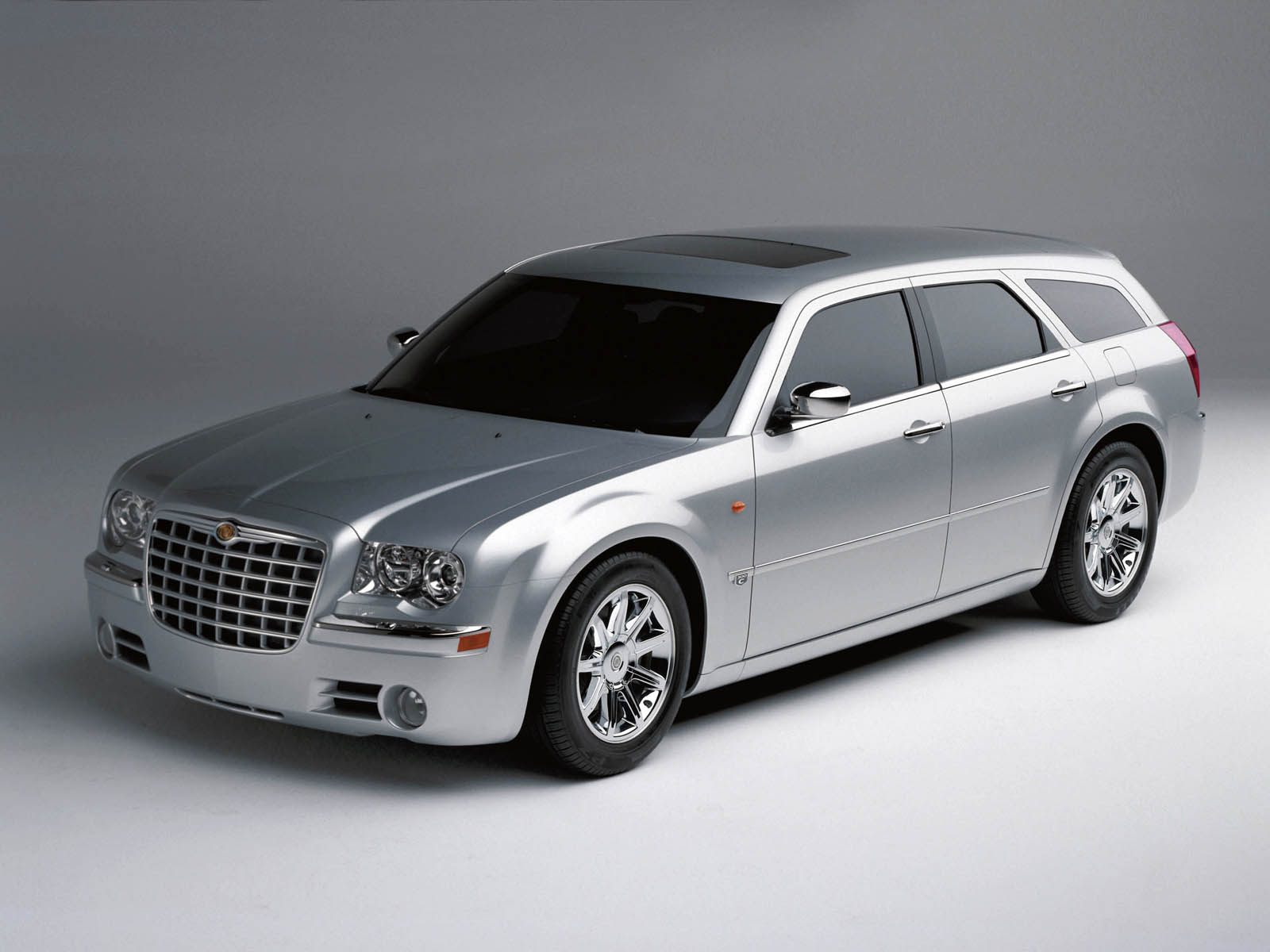
3. **Chrysler 2.7L V6 (1998-2010)**The Chrysler 2.7L V6 engine, a powerplant that found its way into models like the Sebring, Intrepid, and Charger, was plagued by a fundamental design flaw from its very inception. Its oil passages were notoriously undersized, described as being “smaller than smartphone charging ports.” This critical design oversight set the stage for a catastrophic problem: the engine’s tendency to transform conventional motor oil into a thick, destructive sludge.
This pervasive sludge buildup effectively blocked crucial lubrication pathways, starving internal components of the vital oil supply needed for proper function. The onset of oil starvation was often audibly announced by distinct ticking noises, a chilling warning sign that internal damage was already well underway. By the time warning lights for low oil pressure illuminated on the dashboard, it was often too late to prevent significant, irreversible harm.
Owners would also experience a noticeable reduction in engine performance, a clear signal that the internal components were struggling for survival against the encroaching sludge. This engine’s propensity for sludge was so severe that it became the subject of numerous class-action lawsuits, highlighting the widespread nature of the problem. Its poor PCV (positive crankcase ventilation) design further compounded the issue, accelerating oil breakdown and sludge formation.
The only robust defense against this inevitable sludge buildup was an incredibly stringent maintenance regimen: religious oil changes every 3,000 miles, exclusively utilizing full synthetic oil. Even with such diligent care, the engine’s inherent design flaws meant that many 2.7L V6s would still succumb to these issues, often before reaching the 100,000-mile mark, solidifying its reputation as one of the least reliable engines of its era.
Read more about: Planning on Trouble? The 14 Engines and Models Most Likely to Leave You Stranded Before 100,000 Miles
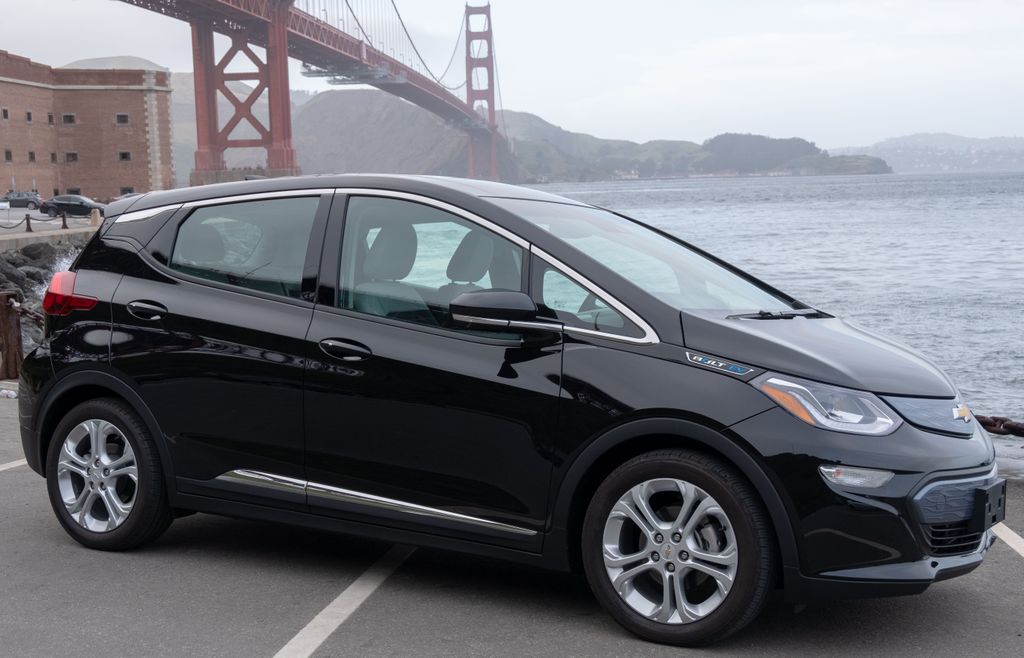
4. **GM 3.6L VVT (2004-2011)**General Motors’ 3.6L VVT engine, deployed across a wide range of popular models including the Cadillac CTS, Chevy Camaro, and various other vehicles, introduced a level of complexity with its Variable Valve Timing system that GM initially struggled to perfect. While VVT technology offers benefits in performance and fuel economy, its implementation in this engine proved to be a significant vulnerability, primarily due to issues with its timing chains.
Over time, these timing chains were prone to stretching beyond their acceptable limits, a critical failure that could severely disrupt engine timing. The common warning signs for impending failure included a rough idle and the illumination of timing-related fault codes on the dashboard. These symptoms were not to be ignored, as they indicated a serious internal problem that required immediate attention.
A distinctive rattling sound emanating from the front end of the engine compartment was a particularly ominous signal of timing chain problems. This noise meant the chains were no longer properly tensioned and were likely slapping against their guides or covers. Waiting to address this issue only guaranteed more extensive internal damage, potentially leading to a complete engine reconstruction, a repair far more costly and involved than a preventative timing chain service.
Promptly addressing timing chain noise or related fault codes was paramount to avoiding catastrophic engine failure. While the VVT system promised efficiency, its early iterations in the 3.6L VVT engine created an unforeseen reliability challenge that frequently shortened the lifespan of these powerplants, compelling many owners to face significant repair decisions well before reaching high mileage.
Read more about: Planning on Trouble? The 14 Engines and Models Most Likely to Leave You Stranded Before 100,000 Miles
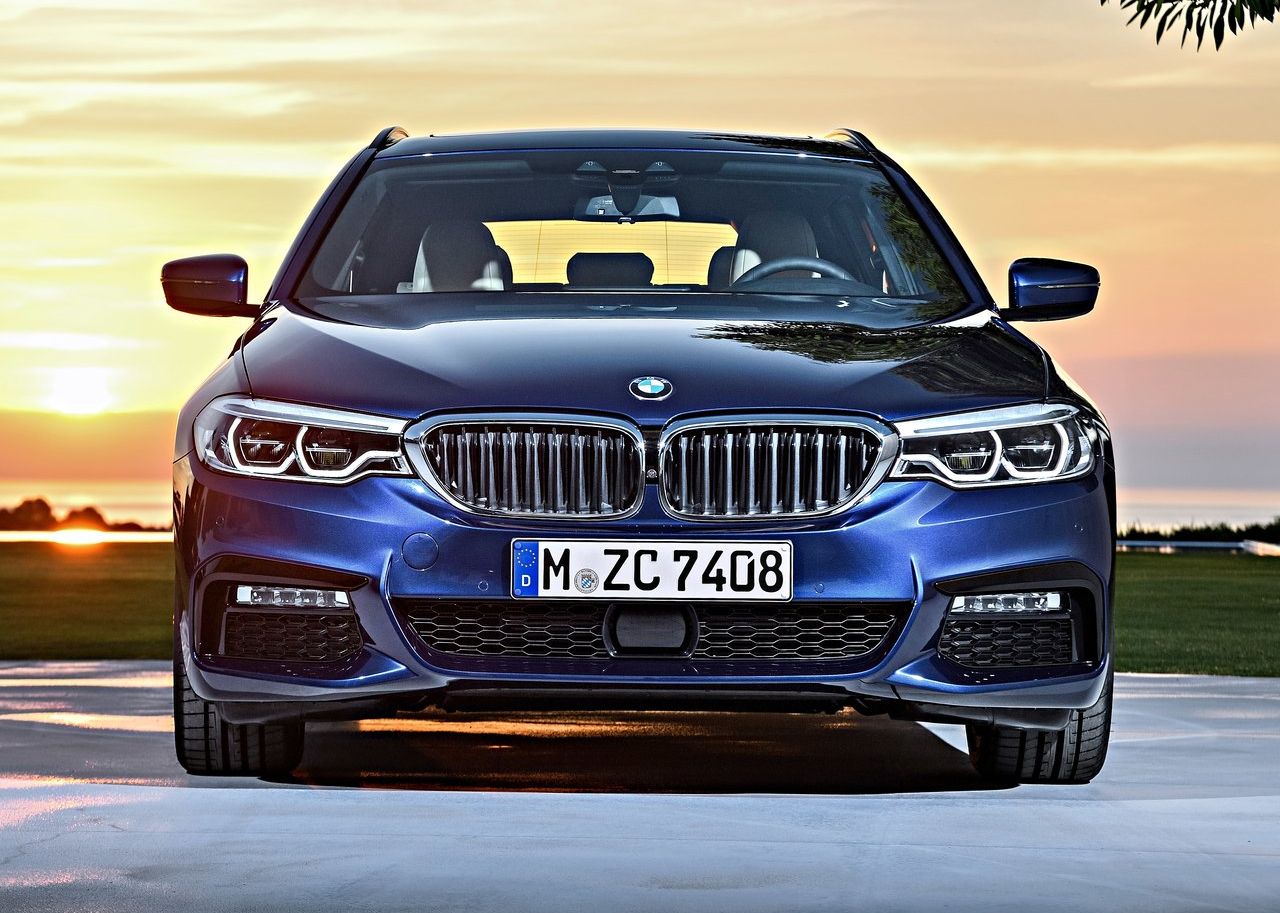
5. **BMW N63 4.4L Twin-Turbo V8 (2008-present)**BMW’s N63 4.4L Twin-Turbo V8 engine, a powerhouse found in luxury models like the 5, 6, 7 Series, and X5/X6, delivers undeniably impressive performance and exhilarating power. However, this potent engine came with a significant caveat: a voracious appetite for oil, often depleting an owner’s wallet at a rate comparable to its fuel consumption. This particular V8 gained notoriety for consuming more than one quart of oil per 1,000 miles once problems began to manifest.
The primary culprit behind this excessive oil consumption was the predictable regularity of valve stem seal failures, an issue that frequently surfaced around the 60,000-mile mark. These failures were not only common but also incredibly expensive to rectify, with repair bills often hovering around the $7,000 range, a sum that could easily exceed the value of routine maintenance for many other vehicles.
Ticking sounds emanating from the valve area were a tell-tale sign that trouble was brewing within the N63. Combined with mysterious disappearing fluids and the engine’s insatiable thirst for oil, these symptoms pointed directly to the failing valve stem seals. The repair process for these seals is intricate and labor-intensive, contributing significantly to the exorbitant costs associated with this engine.
Given the high likelihood of these expensive surprises, smart money in the automotive world often opted to lease vehicles equipped with the N63. This strategy allowed owners to return the car before the warranty expired, effectively transferring the burden of these costly, anticipated repairs to the next owner. Despite its performance prowess, the N63’s reliability issues made it a contentious engine choice, known for delivering power with a heavy financial cost.
Read more about: Planning on Trouble? The 14 Engines and Models Most Likely to Leave You Stranded Before 100,000 Miles

6. **Yugo 1.1L Inline-4 (1985-1992)**The Yugo 1.1L Inline-4 engine stands as a stark testament to what happens when Fiat-derived engineering principles are married with questionable manufacturing quality. Imported to the American market in the late 1980s, these compact vehicles and their engines swiftly became synonymous with automotive suffering. Poor material choices and an even worse assembly quality coalesced to produce powerplants that barely earned the designation of an engine.
In the case of the Yugo, the running condition of the vehicle itself often served as a primary warning sign of impending failure. There were no subtle symptoms or specific noises to listen for; the entire engine, in its very operation, represented a continuous symptom of its inherent deficiencies. It was an engine designed with so many compromises that its mere existence under the hood was cause for concern among owners and mechanics alike.
The Yugo’s engine reliability was so abysmal that continued operation was often considered less valuable than donating the entire vehicle to a museum, perhaps as a cautionary tale in automotive history. Owners frequently found themselves stranded, grappling with persistent issues that were often beyond economical repair. The quality control was so lacking that even minor components seemed predisposed to failure, leading to a cascade of problems that would overwhelm drivers.
To put it simply, virtually any other vehicle choice available on the market during its production era offered superior reliability and performance compared to a Yugo. Its 1.1L Inline-4 engine cemented the Yugo’s legacy as a car to be avoided, a prime example of an engine that was “flat-out forced to retire” not due to a single catastrophic event, but due to its cumulative, inherent inadequacy from day one.
Read more about: Planning on Trouble? The 14 Engines and Models Most Likely to Leave You Stranded Before 100,000 Miles

7. **Toyota 3VZ-FE V6 (1988-1995)**Even a brand renowned for its legendary reliability like Toyota can occasionally stumble when it comes to engineering targets. The 3VZ-FE V6 engine, found in early iterations of the 4Runner, Camry, and various pickup trucks, represents one such misstep. This V6 was particularly plagued by fundamental head gasket design flaws that critically affected the engine’s coolant passages, setting the stage for significant reliability issues.
The design defect led to uneven cooling, which in turn caused cylinder heads to warp. This warping created incredibly complex repair scenarios that presented a formidable challenge even for highly experienced mechanics. The consequences of these design flaws were often severe, leading to symptoms that could quickly degrade the engine’s health and performance.
Owners frequently reported overheating during demanding situations such as hill climbs, along with the tell-tale sign of white exhaust smoke, both indicating a compromised head gasket. Another frustrating symptom was the mysterious disappearance of coolant, with no visible external leaks to account for the loss. These issues signaled a breach in the cooling system, allowing coolant to enter combustion chambers or escape into the environment.
When head gasket replacement became necessary, merely installing a new gasket was insufficient. Professional head machining was often required to correct the warped surfaces, coupled with the use of updated gasket designs to prevent repeat failures. This combination of intricate repair work and the need for specialized parts underscored the severity of the 3VZ-FE’s head gasket problem, making it a costly and time-consuming engine to maintain in the long run.
Car Model Information: 2023 Toyota 4Runner TRD Off Road Premium
Name: Toyota 4Runner
Caption: 2025 Toyota 4Runner TRD Sport (N500)
Manufacturer: Toyota
Aka: Toyota Hilux Surf (Japan, 1983–2009)
Production: October 1983 – present
ModelYears: 1984–present (US)
Class: unbulleted list
Layout: unbulleted list
Chassis: Body-on-frame
Successor: unbulleted list
Categories: 1990s cars, 2000s cars, 2010s cars, 2020s cars, All-wheel-drive vehicles
Summary: The Toyota 4Runner is an SUV manufactured by the Japanese automaker Toyota and marketed globally since 1984, across six generations. In Japan, it was marketed as the Toyota Hilux Surf (Japanese: トヨタ・ハイラックスサーフ, Hepburn: Toyota Hairakkususāfu) and was withdrawn from the market in 2009. The original 4Runner was a compact SUV and little more than a Toyota Hilux pickup truck with a fiberglass shell over the bed, but the model has since undergone significant independent development into a cross between a compact and a mid-size SUV. All 4Runners have been built in Japan at Toyota’s plant in Tahara, Aichi, or at the Hino Motors (a Toyota subsidiary) plant in Hamura.
The name “4Runner” was created by copywriter Robert Nathan with the Saatchi & Saatchi advertising company as a play on the term “forerunner”. The agency held contests to invent new names for Toyota’s forthcoming vehicles. According to Toyota, the “4” described the vehicle’s 4-wheel drive system while “Runner” was a reference to its all-terrain capabilities and how it could “run” off-road.
For some markets, the Hilux Surf was replaced in 2005 by the lower cost but similar Fortuner, which is based on the Hilux platform.
As of 2021, the 4Runner is marketed in the many countries in North and South America. Many markets that did not receive the 4Runner, such as Europe and the Middle East, instead received the similarly designed Land Cruiser Prado, another SUV that shared many of the same components.
The 4Runner came in at number five in a 2019 study by iSeeCars.com ranking the longest-lasting vehicles in the US. The 4Runner had 3.9 percent of vehicles over 200,000 miles (320,000 km), according to the study.
Get more information about: Toyota 4Runner
Buying a high-performing used car >>>
Brand: Toyota Model: 4Runner
Price: $48,463 Mileage: 41,167 mi.
Read more about: Planning on Trouble? The 14 Engines and Models Most Likely to Leave You Stranded Before 100,000 Miles

8. **Jaguar/Land Rover AJ133 5.0L V8 (2009-2019)**The Jaguar/Land Rover AJ133 5.0L V8 engine, a sophisticated powerplant nestled within luxurious Range Rovers, Range Rover Sports, and Jaguar F-Types, delivered impressive supercharged performance. However, this high-performance engine was marred by a critical design flaw: poorly positioned water pumps. These pumps were notorious for leaking, and when they did, coolant would unfortunately soak into vital electrical components located nearby, creating a cascade of expensive problems.
The water pump issue alone was significant, but it was further compounded by a separate and equally problematic flaw: the premature failure of the timing chain guides. These guides, essential for maintaining proper timing chain tension, would degrade over time, leading to rattling noises and the potential for catastrophic engine damage if left unaddressed. The combination of these two major issues made the AJ133 a financial liability for many owners.
The initial signs of trouble often included unexplained coolant loss and overheating, symptoms that frequently preceded a host of electrical gremlins manifesting throughout the vehicle’s intricate systems. As water damage spread, a multitude of check engine lights would illuminate on the dashboard, signaling the broad extent of the underlying issues. Diagnosing and repairing these complex, interrelated problems could quickly become a nightmare.
To mitigate the risk of these widespread failures, it became a common recommendation to replace the water pumps preventatively every 60,000 miles, irrespective of their apparent condition. This proactive, expensive measure was deemed necessary to avoid the much costlier repairs that inevitably followed a water pump leak or timing chain guide failure. The AJ133, despite its performance pedigree, became another example of a luxury engine that demanded a premium in maintenance and repair, often leading to early retirement for financially strained owners.” “_words_section1”: “1945
Having dissected the early demises in automotive engineering, we now turn our attention to the ‘Final Straw’ – another seven engines that routinely tested the patience and wallets of their owners, often leading to vehicles being retired long before their time. These powerplants represent continued lessons in the true cost of automotive ambition, where engineering missteps led to widespread frustration and exorbitant repair bills.
Read more about: Planning on Trouble? The 14 Engines and Models Most Likely to Leave You Stranded Before 100,000 Miles
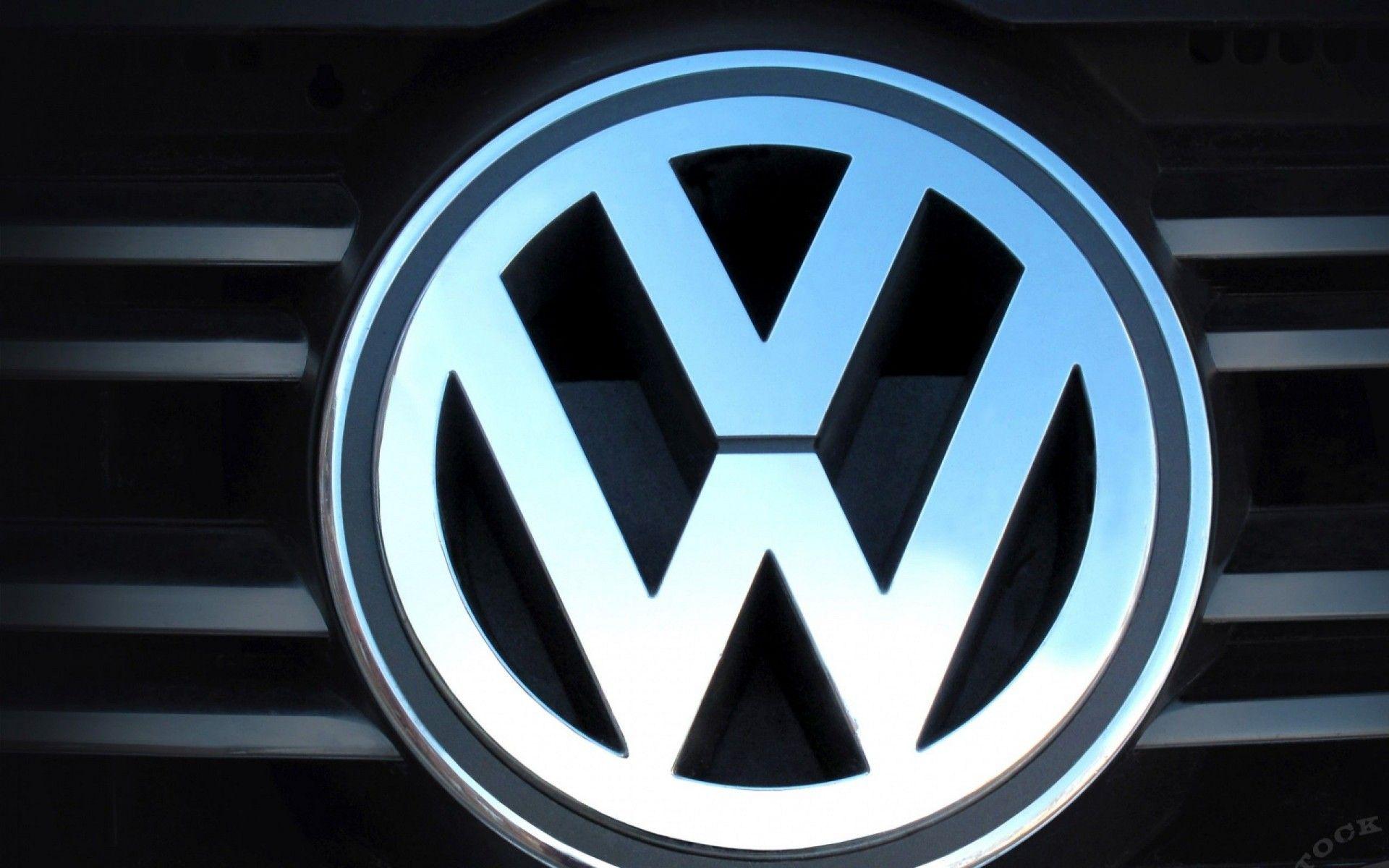
9. **Volkswagen 2.0L TSI (2008-2013)**Volkswagen’s timing chain tensioner, particularly in their 2.0L TSI engines found in nearly every VW and Audi from 2008-2013, stands as a prime example of engineering optimism taken too far. This powerplant faced a potential catastrophic failure without so much as a check engine light to warn drivers. It’s an issue that cast a long shadow over an otherwise capable engine.
This tensioner, a seemingly minor component, could suddenly give up, causing the timing chain to jump. The immediate result was a violent, irreversible collision between valves and pistons, transforming a running engine into little more than a paperweight. Owners would experience a sudden silence where engine noise once was, followed by the crushing realization that a complete engine rebuild was now necessary.
While there were virtually no warning signs for this specific failure mode, there *was* a preventative measure: an $800 tensioner replacement. That figure pales in comparison to the $4,000+ cost of an engine reconstruction. If your vehicle still sports the original tensioner, scheduling this repair immediately isn’t just a recommendation; it’s a financial imperative to avoid a much larger headache down the road.
Car Model Information: 2020 Jeep Wrangler Sport
Name: Volkswagen Arteon
Caption: Volkswagen Arteon 2.0 R-Line
ModelCode: 3H7
Aka: Volkswagen CC (China)
Manufacturer: Volkswagen
Production: 2017–2023 (Liftback),2020–2026 (Shooting Brake)
Assembly: Emden,Lower Saxony
Designer: Marc Lichte
Predecessor: Volkswagen CC
Successor: Volkswagen ID.7
Class: Large family car
BodyStyle: liftback
Platform: Volkswagen Group MQB
Layout: Front-engine, front-wheel-drive layout,Front-engine, four-wheel-drive layout
Engine: ubl
Motor: Synchronous motor#Permanent-magnet
Transmission: Direct-shift gearbox
Drivetrain: PHEV
Wheelbase: cvt
Length: cvt
Width: cvt
Height: cvt
Related: Volkswagen Passat (B8),Škoda Superb#B8
ModelYears: 2019–2023 (North America)
Categories: 2020s cars, All-wheel-drive vehicles, Articles with short description, Cars introduced in 2017, Cars of China
Summary: The Volkswagen Arteon is a car manufactured by German car manufacturer Volkswagen. Described as a large family car or a mid-size car, it is available in five-door liftback or estate body styles. The Arteon was unveiled on 6 March 2017, at the Geneva Motor Show, and at the Chicago Auto Show for the North American market. It is a direct successor to the CC; however, Volkswagen announced that the Arteon is positioned to be more upmarket than the CC. The vehicle is based on the MQB platform.
Production of the saloon was discontinued in 2023. The wagon is to be continued until 2026.
Get more information about: Volkswagen Arteon
Buying a high-performing used car >>>
Brand: Volkswagen Model: 2.0L TSI
Price: $25,000 Mileage: 54,707 mi.
Read more about: Planning on Trouble? The 14 Engines and Models Most Likely to Leave You Stranded Before 100,000 Miles

10. **Ford 4.0L Cologne V6 (1997-2010)**Ford’s 4.0L Cologne V6, a common sight under the hoods of Rangers, Explorers, and even some Mustangs, earned its spot on this list for timing chains and guides that seemed to be constructed from materials only slightly stronger than aged cheese. The plastic guides were notoriously prone to deteriorating, allowing the chains to slap against the timing covers.
This deterioration would manifest initially as a distinctive rattling sound at startup. What made it particularly insidious was that this rattle often disappeared once the engine warmed up, temporarily lulling owners into a false sense of security. However, this transient noise was a clear harbinger of deeper problems.
As the timing chains stretched and the guides disintegrated further, owners would inevitably face check engine lights and rough running conditions. These were direct consequences of the engine’s timing being thrown off. Addressing the issue promptly with a $1,200 preventative service around 100,000 miles was far more palatable than the $4,000-plus expense of a full engine replacement. Ignoring that startup rattle simply wasn’t an option for long-term viability.
Read more about: Planning on Trouble? The 14 Engines and Models Most Likely to Leave You Stranded Before 100,000 Miles

11. **GM 1.4L Turbo Ecotec (2011-2019)**For owners of Chevy Cruze, Sonic, and Trax models, the GM 1.4L Turbo Ecotec engine presented a challenging equation: small displacement plus turbocharging often equaled multiple, significant problems. This ambitious compact engine, designed for efficiency, frequently delivered substantial repair bills instead of seamless operation.
Its Achilles’ heel was often the PCV (positive crankcase ventilation) system, which proved to be prone to failure, leading to concerning levels of oil consumption. Compounding this, the turbochargers themselves had a tendency to quit around the 70,000-mile mark. Owners became all too familiar with whistling noises from under the hood and persistent check engine lights becoming routine occurrences.
As these issues developed, noticeable power loss accompanied the increasing oil consumption, making daily driving a frustrating experience. The crucial takeaway here is prevention: replacing PCV valves and covers at the first sign of symptoms could avert much costlier turbocharger damage. Ultimately, this tiny engine proved that small packages can indeed come with unexpectedly big repair bills.
Read more about: Planning on Trouble? The 14 Engines and Models Most Likely to Leave You Stranded Before 100,000 Miles

12. **Hyundai/Kia Theta II 2.0L/2.4L (2011-2019)**When we talk about engines that were flat-out forced to retire, the Hyundai/Kia Theta II 2.0L/2.4L engine is a prime candidate. Found in a wide array of popular models like the Sonata, Optima, Santa Fe, and others, these engines became infamous for a critical manufacturing defect. Metal debris left over from the production process tragically turned these powerplants into expensive paperweights.
The consequence of this debris was often catastrophic bearing failure, frequently occurring while vehicles were driving at highway speeds. This wasn’t merely an inconvenience; it was a serious safety hazard and a complete loss of propulsion. The recall rates associated with these engines were so extensive that they made typical social media apology tours look modest by comparison.
Knocking sounds during acceleration and unexplained power loss were common precursors to complete engine failure. Frustratingly, check engine lights often left mechanics scratching their heads, unable to identify the elusive root causes until it was too late. Fortunately, an extended warranty coverage reaching 10 years or 120,000 miles was eventually provided for affected vehicles, making it absolutely crucial for qualifying owners to get an inspection completed immediately.
Car Model Information: 2025 Hyundai SONATA SEL
Name: Hyundai Sonata
Caption: 2024 Hyundai Sonata SEL (US)
Manufacturer: Hyundai Motor Company
Production: 1985–present
Class: Mid-size car
BodyStyle: sedan (automobile)
Layout: ubl
Predecessor: Hyundai Stellar
Categories: 1990s cars, 2000s cars, 2010s cars, 2020s cars, All Wikipedia articles written in American English
Summary: The Hyundai Sonata (Korean: 현대 쏘나타) is a mid-size car that has been manufactured by Hyundai since 1985. The first generation Sonata, which was introduced in 1985, was a facelifted version of the Hyundai Stellar with an engine upgrade, and was withdrawn from the market in two years due to poor customer reaction. While the nameplate was originally only sold in South Korea, the second generation of 1988 was widely exported.
The Sonata is currently manufactured in South Korea, China, and Pakistan. It was named after the musical term, sonata.
Get more information about: Hyundai Sonata
Buying a high-performing used car >>>
Brand: Hyundai Model: Sonata
Price: $22,977 Mileage: 3,119 mi.
Read more about: Planning on Trouble? The 14 Engines and Models Most Likely to Leave You Stranded Before 100,000 Miles
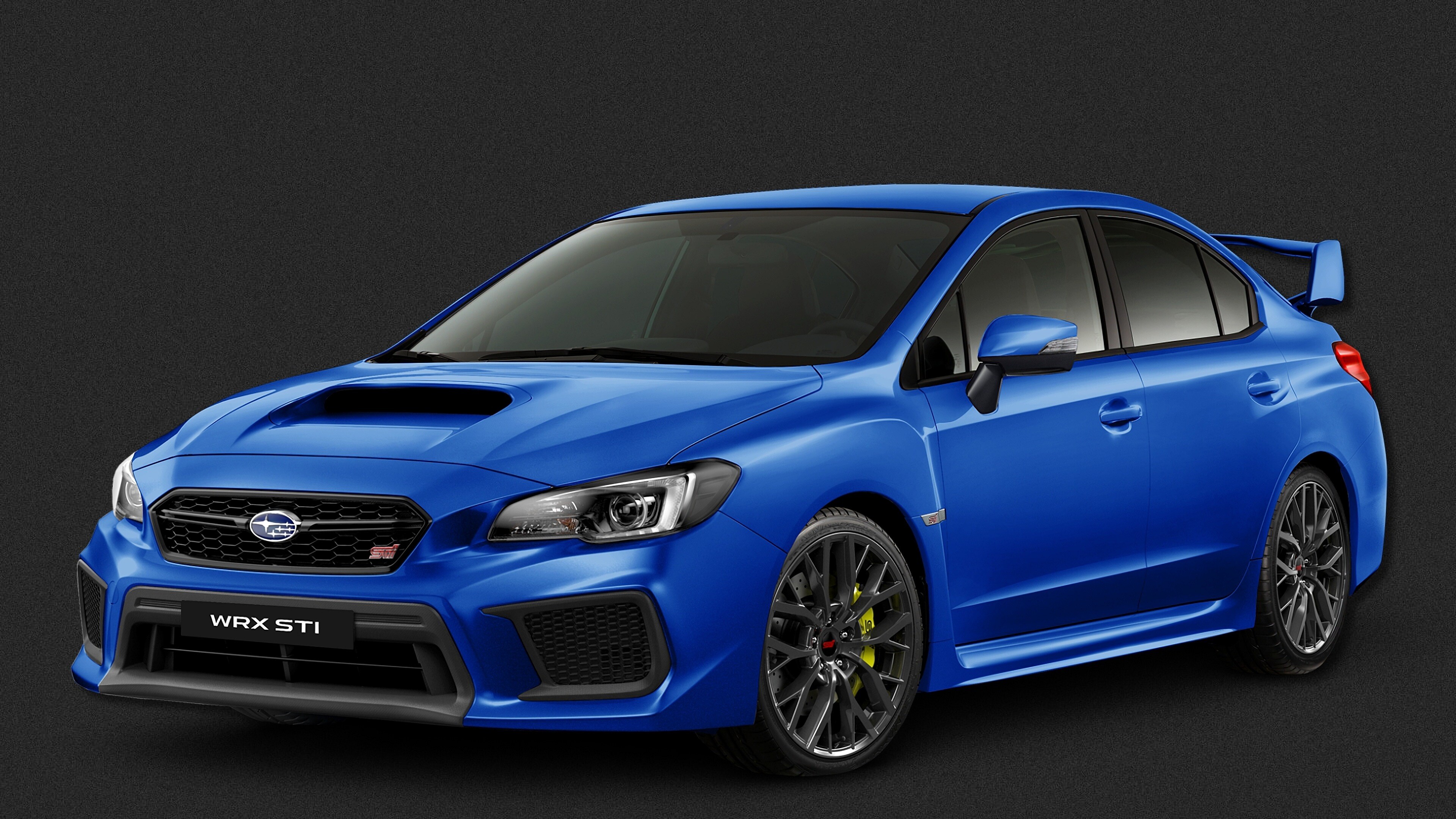
13. **Subaru EJ25 Boxer Engine (1996-2019)**The Subaru EJ25 Boxer Engine, a horizontally opposed four-cylinder unit, developed a legendary reputation, but unfortunately, it was for its head gasket failures. This iconic engine, found in Foresters, Outbacks, and Imprezas, was prone to weeping oil and coolant between the cylinder heads and the engine block, particularly around the 100,000-mile mark.
The signs of this impending and inevitable repair were often unmistakable. Owners would notice a distinct, sweet-smelling white smoke emanating from the exhaust, indicating coolant was entering the combustion chamber. Coupled with bubbling coolant reservoirs and the mysterious, unexplained loss of fluids, these symptoms confirmed what many Subaru owners dreaded most: a compromised head gasket.
When replacement time inevitably arrived, merely installing a new gasket wasn’t enough to guarantee a lasting fix. The solution required using upgraded multi-layer steel gaskets, combined with meticulous and proper torque procedures, to prevent repeat failures. For many dedicated Subaru owners, budgeting for this particular repair became less of an unexpected surprise and more of a routine maintenance expectation, albeit a costly one.
Car Model Information: 2020 Jeep Wrangler Sport
Name: Subaru FB engine
Manufacturer: Subaru
Configuration: Flat-4
Production: 2010–present
Predecessor: Subaru EJ engine
Successor: Subaru FA engine,Subaru CB engine
Displacement: ubl
Bore: ubl
Stroke: ubl
Power: cvt
Torque: cvt
Valvetrain: DOHC,Multi-valve#Four valves
Turbocharger: Optional
Coolingsystem: Radiator (engine cooling)
Fuelsystem: Fuel injection
Fueltype: Petrol engine
Compression: 10.5:1, 11.0:1, 12.5:1
Categories: Articles containing Japanese-language text, Articles with short description, Boxer engines, Commons category link is on Wikidata, Four-cylinder engines
Summary: The Subaru FB engine is the third generation of gasoline boxer-4 engine used in Subaru automobiles, and was announced on 23 September 2010. It follows the previous generation EJ-series engine which was introduced in 1989 and the first generation EA-series which was introduced in 1966. By increasing piston stroke and decreasing piston bore, Subaru aimed to reduce emissions and improve fuel economy, while increasing and broadening torque output compared to the EJ-series.
The Subaru FA engine series was derived later from the FB, but the two engine families share only a few common parts. In 2020, Subaru introduced the CB18 engine with improved efficiency to succeed the FB in several applications.
Get more information about: Subaru FB engine
Buying a high-performing used car >>>
Brand: Subaru Model: EJ25 Boxer Engine
Price: $25,000 Mileage: 54,707 mi.
Read more about: Planning on Trouble? The 14 Engines and Models Most Likely to Leave You Stranded Before 100,000 Miles
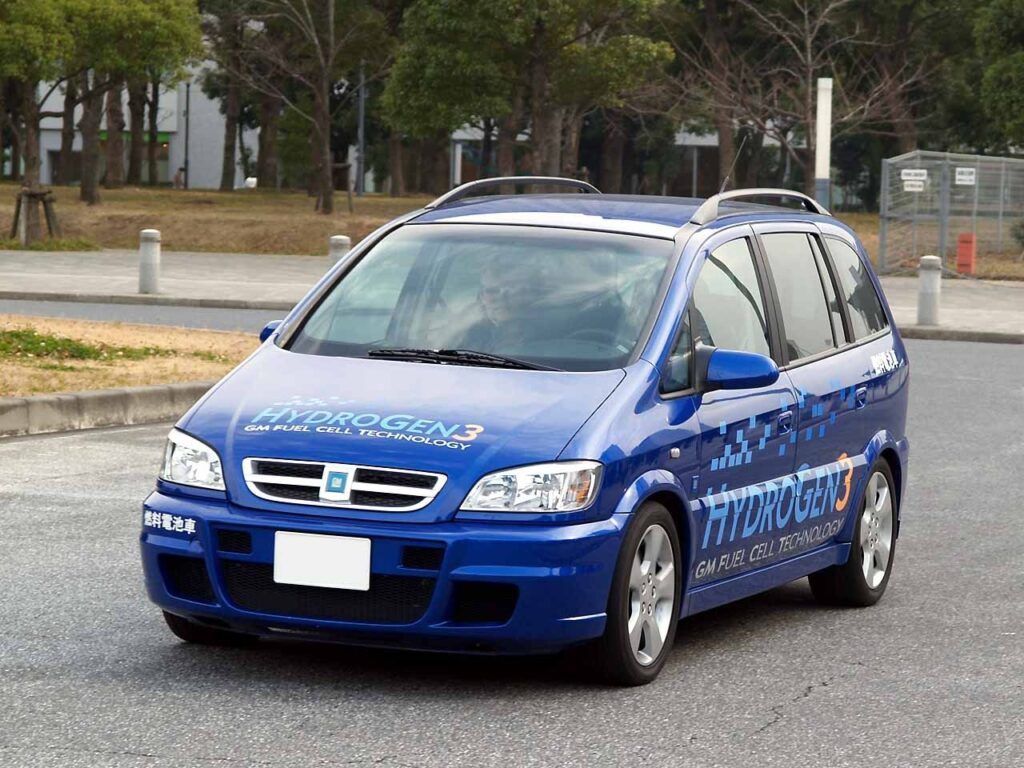
14. **GM 5.7L Diesel V8 (1978-1985)**The GM 5.7L Diesel V8 engine represents a cautionary tale of ambitious engineering lacking fundamental reinforcement. General Motors took a gasoline engine architecture and attempted to convert it to diesel without adequately strengthening critical components. The predictable, and unfortunately widespread, result was catastrophic failure, often well before these engines even reached 50,000 miles.
Installed in Oldsmobiles, Cadillacs, and other GM vehicles, these diesel units produced more smoke than actual power. The symptoms of their imminent demise were hard to miss: excessive smoke signals, persistent hard starting, and internal knocking sounds that sounded less like an engine and more like someone trapped inside your engine bay, frantically trying to escape.
For many owners facing these chronic issues, the most economical solution wasn’t to repeatedly attempt costly diesel repairs. Instead, converting the vehicle back to gasoline operation often proved to be a more viable and less financially draining path. These particular engines served as a stark and enduring lesson, teaching an entire generation of drivers to approach GM diesel products with extreme caution.
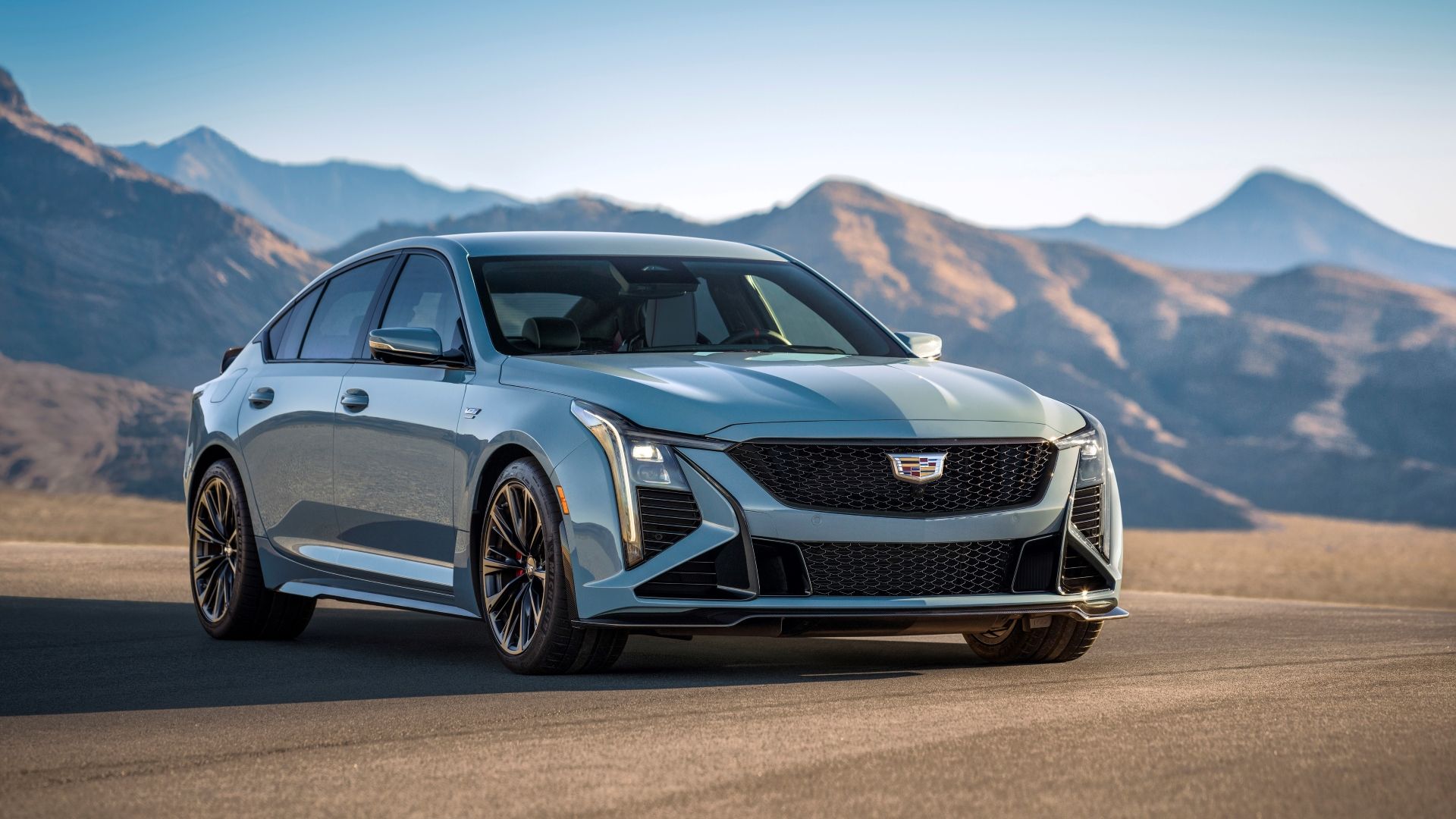
15. **Cadillac Northstar V8 (1993-2011)**Cadillac’s Northstar V8 engine, a marvel of sophisticated design intended to deliver European luxury performance, unfortunately, delivered American repair frequency instead. Found in most Cadillac models throughout the 1990s and 2000s, its advanced aluminum blocks and inadequately designed head bolts created the perfect conditions for chronic head gasket failure.
This inherent design flaw meant that owners frequently experienced frustrating symptoms, most notably repeated overheating in traffic. White exhaust smoke billowing from the tailpipe and the mysterious, constant vanishing of coolant were clear and ominous signals of expensive repairs ahead. These were not minor nuisances; they were indications of a fundamental structural problem within the engine.
For those determined to keep their Northstar-powered Cadillacs on the road, standard repairs often proved to be temporary at best. Permanent solutions typically involved specialized approaches, such as the use of TimeSert repair kits or installing robust aftermarket head studs. The engine’s sophisticated design, while impressive on paper, ultimately demanded an equally sophisticated, and often costly, repair methodology to achieve any lasting results.
In the world of automotive engineering, the engine is arguably the most important component of any vehicle. It serves as the mechanical heart that propels the vehicle forward and often determines its overall reliability, performance, and longevity. While some engines emerge as marvels of engineering, effortlessly pushing past the 300,000-mile mark with little more than routine care, others tell a far more somber tale. These are the engines that transform the dream of car ownership into a recurring nightmare, plagued by serious issues that can surface well before a vehicle even crosses the 100,000-mile threshold.
Car Model Information: 2020 Jeep Wrangler Sport
Name: Northstar engine
Caption: 1993–1999 4.6 L Northstar engine
Aka: Cadillac Northstar,Premium engine
Manufacturer: General Motors Corporation
Production: 1992–2011
Configuration: V8 engine
Block: Aluminum
Head: Aluminum
Predecessor: Cadillac High Technology engine
Successor: Cadillac twin-turbo V8
Valvetrain: DOHC,Multi-valve#Four valves
Supercharger: In 4.4 L versions
Turbocharger: Twin-turbo
Fueltype: Gasoline
Fuelsystem: Rochester Products Division,Sequential fuel injection
Coolingsystem: Radiator (engine cooling)
Compression: 9.0:1, 9.3:1, 10.0:1, 10.3:1, 10.5:1
Displacement: {{cvt,3473,cc,L cc cuin,1,order=out
Bore: cvt,cvt,cvt,cvt
Stroke: cvt,cvt
Power: cvt
Torque: cvt
Categories: 1992 introductions, All articles needing additional references, All articles with unsourced statements, Articles needing additional references from August 2017, Articles with short description
Summary: The Northstar engine is a family of high-performance 90° V engines produced by General Motors between 1993 and 2011. Regarded as GM’s most technically complex engine, the original double overhead cam, four valve per cylinder, aluminum block/aluminum head V8 design was developed by Oldsmobile R&D, but is most associated with Cadillac’s Northstar series.
Displacing 4.6 L (4,565 cc; 278.6 cu in) in its basic form, the direct family line transitioned to longitudinal and 4.4 L (4,371 cc; 266.7 cu in) supercharged versions. Variants were used at Oldsmobile (as the Aurora L47 V8 and “Shortstar” LX5 V6), as well as in several top-end 2000s Pontiacs and Buicks.
The related Northstar System was Cadillac’s trademarked name for a package of performance features introduced in mid-1992 that coupled the 4T80E transmission, a 100,000 mile service interval, road sensing suspension, variable power steering, and 4-wheel disc brakes to the Division’s high-output and high-torque Northstar engines.
GM ceased production of the Northstar in 2011. The final cars to receive it, the Cadillac DTS, Buick Lucerne, and Cadillac STS, rolled off the line in 2011. It was replaced by the GM LS small-block OHV engine, used in newer Cadillac V8 models like the CTS-V, marking a step back to a simpler, more reliable pushrod engine design. These LS V8 engines were the only V8 engines used by Cadillac for the next eight years, until the clean sheet Blackwing V8 was introduced in 2018 in the 2019 Cadillac CT6-V. A Cadillac-exclusive, it was discontinued after just two years in early 2020.
Get more information about: Northstar engine series
Buying a high-performing used car >>>
Brand: Cadillac Model: Northstar V8
Price: $25,000 Mileage: 54,707 mi.
Read more about: Planning on Trouble? The 14 Engines and Models Most Likely to Leave You Stranded Before 100,000 Miles
As technology evolves, the balance between performance, efficiency, and durability becomes increasingly difficult to strike. Manufacturers are pressured to meet emissions standards, customer expectations, and cost targets—all of which can result in compromised engine designs. The engines that last 300,000 miles are becoming increasingly rare, making it more important than ever for consumers to do their homework before buying. In the end, a reliable engine is more than just a selling point—it’s the foundation of a vehicle’s value, safety, and trustworthiness. Knowing which engines stand the test of time (and which ones don’t) can save you thousands of dollars and countless headaches down the road.

